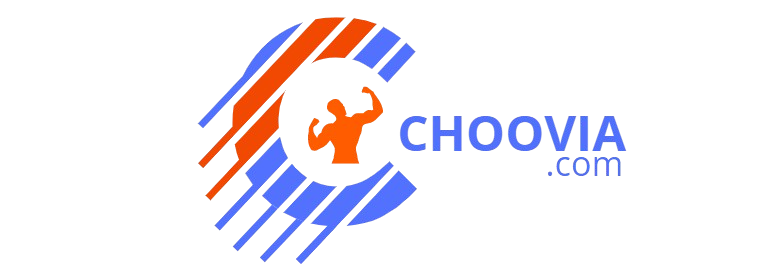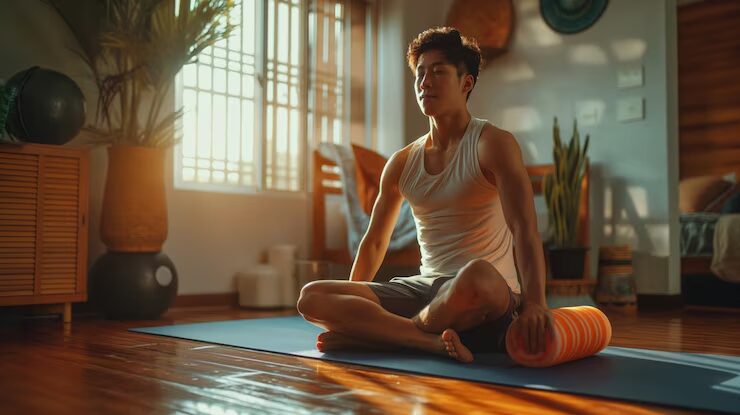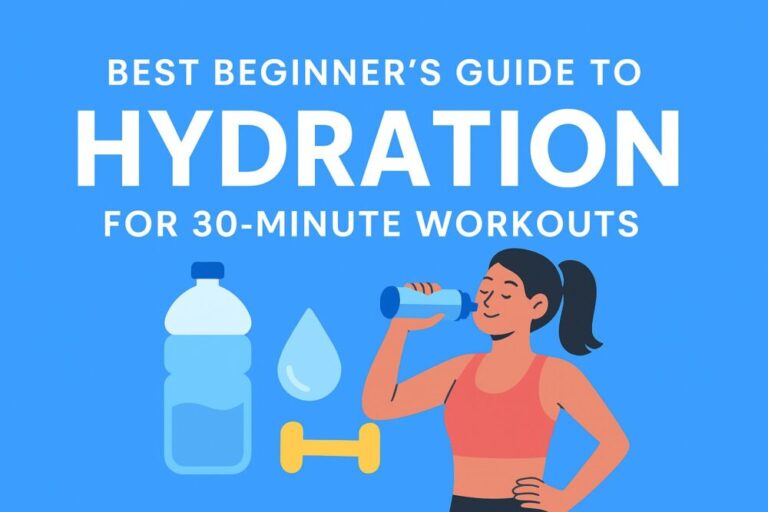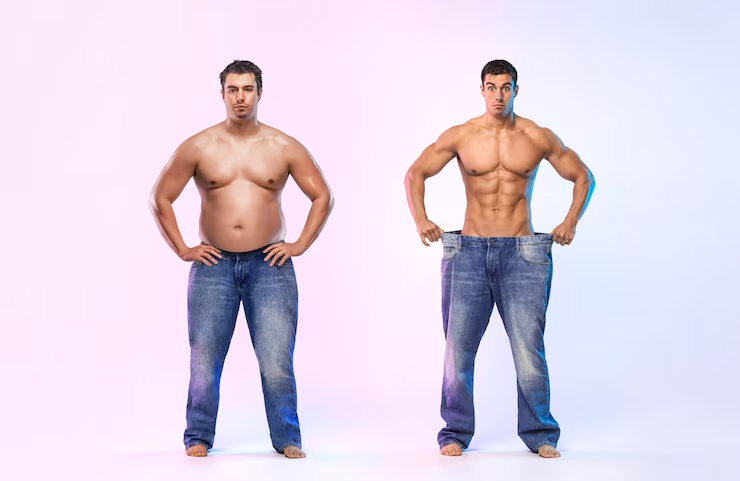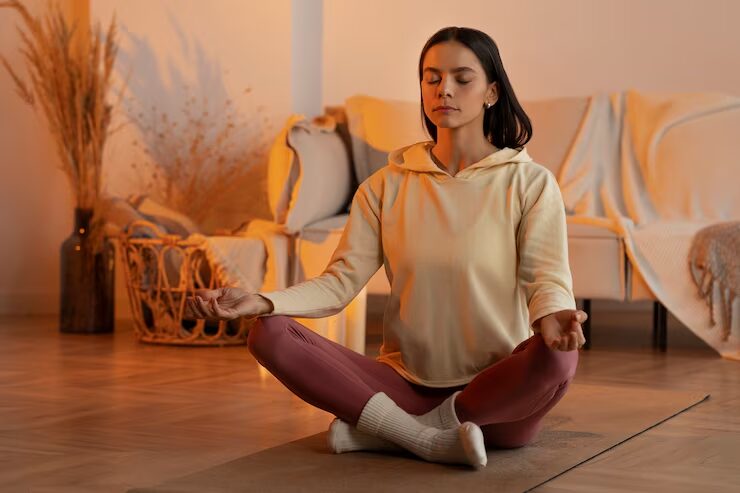Looking to start your fitness journey from the comfort of home? You’re in the right place! Whether you’re new to exercise or getting back on track, finding the right home workout routine is key to build strength, improving health, and staying motivated.
In this guide, we’ll explore the best routines and home workouts for beginners, no gym, no expensive equipment, just simple and effective exercises to get you moving. These beginner-friendly routines are designed to help you build a solid foundation, stay consistent, and see real progress over time.
Why Home Workouts Work for Beginners ?
Home workouts are ideal for beginners because they offer a low-pressure, flexible way to start getting active.
You can exercise at your own pace, in your own space, without the need for expensive gym memberships or intimidating equipment.
This freedom helps reduce common barriers like time, confidence, or travel. Home workouts also allow beginners to focus on mastering proper form and building consistency, which are crucial for long-term success.
With access to countless free online resources and minimal equipment, it’s easier than ever to start strong and stay committed from the comfort of your home.(Source: Harvard Health – The Benefits of Exercise)
Quick Tips for a Safe Start
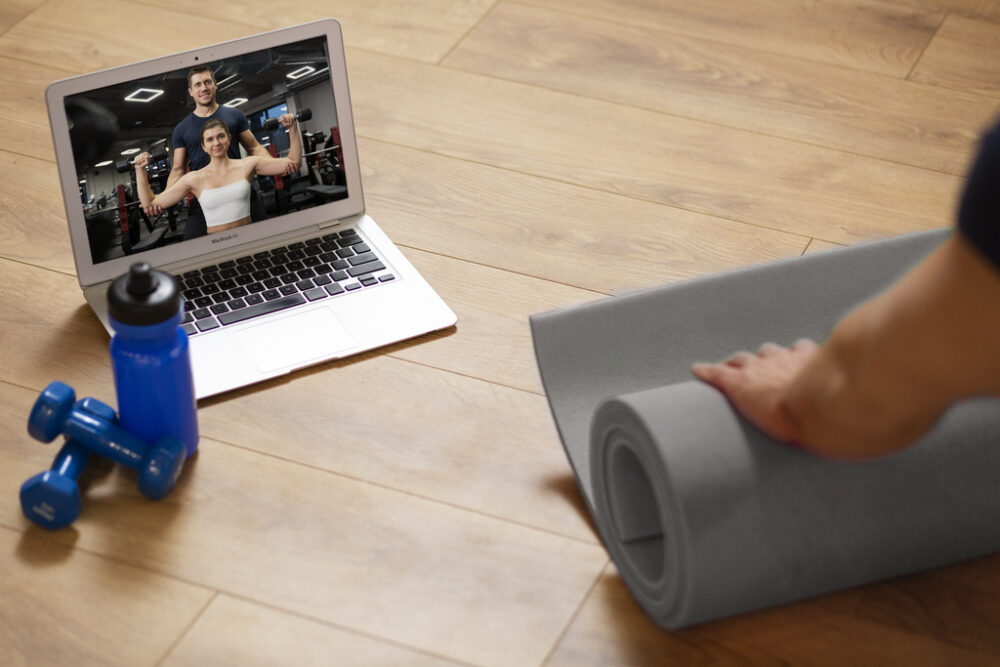
When starting home workouts, safety should always be your top priority to prevent injury and build a solid foundation for long-term success. Here are some essential tips to ensure a safe and effective start to your fitness journey.
Warm Up Properly: Always start with 5–10 minutes of light cardio and dynamic stretching to prepare your body and reduce the risk of injury.
Start Slow and Build Gradually: Begin with simple exercises and gradually increase intensity to avoid strain or burnout.
Focus on Form: Proper technique is critical, poor form can lead to injury and reduce workout effectiveness.
Use the Right Equipment: If you use any tools, make sure they’re safe and suitable for your level. A good mat, supportive shoes, or resistance bands can enhance your routine.
Listen to Your Body: Stop if you feel pain, take breaks when needed, and don’t ignore signs of fatigue. After all, you’re caring about your health!
Stay Hydrated and Nourished: Drink water throughout your workout and fuel your body with balanced meals to support energy and recovery.
Rest and Recovery: Schedule rest days and get enough sleep to allow muscles to heal and grow stronger.
Top Beginner Workout Routines

Simple Full-Body Routine
A simple full-body routine is perfect for beginners looking to build strength, improve endurance, and create a balanced fitness foundation. This type of workout targets all major muscle groups without requiring equipment, making it ideal for home workouts.
1. Bodyweight Squats (3 sets of 10–15 reps): Strengthens your legs, glutes, and core. Keep your chest up, feet shoulder-width apart, and push through your heels as you stand.
2. Incline Push-Ups or Wall Push-Ups (3 sets of 8–12 reps): Great for building upper body strength, especially in the chest, shoulders, and arms. Start with a modified version if standard push-ups are too difficult.
3. Glute Bridges (3 sets of 12–15 reps): Lie on your back, bend your knees, and lift your hips. This move targets the glutes, lower back, and core.
4. Plank Hold (3 rounds of 20–30 seconds): Builds core stability and total-body strength. Focus on keeping your back straight and hips level.
5. Marching in Place (2–3 minutes): A low-impact cardio move to increase heart rate and boost endurance. Keep your knees high and swing your arms for better results.
This full-body routine can be done three times a week. As you build strength and confidence, gradually increase reps or add resistance using household items or light weights.
Quick Cardio Blast Routine
A quick cardio blast is an excellent way to burn calories, boost energy, and improve heart health, especially if you’re short on time. This routine is designed for beginners and requires no equipment, making it ideal for home workouts.
1. Jumping Jacks (30 seconds): A classic move to get your heart rate up. Keep your movements controlled and land softly to protect your joints.
2. High Knees (30 seconds): Run in place while lifting your knees to waist height. Pump your arms to increase intensity and boost coordination.
3. Butt Kicks (30 seconds): Jog in place while kicking your heels toward your glutes. This is great for warming up and activating your hamstrings.
4. Mountain Climbers (30 seconds): In a plank position, alternate bringing your knees toward your chest quickly. This targets your core, shoulders, and legs.
5. Rest (30 seconds): Catch your breath and hydrate if needed.
6. Repeat the circuit 2–3 times depending on your fitness level.
This cardio routine takes just 10–15 minutes and can be done three to five times a week.But if you are looking for hard cardio that will give you quicker results, try out HIIT (High Intensity Interval Training).
Staying Motivated on Your Fitness Journey
Staying motivated with home workouts is crucial for long-term success. Start by setting clear, realistic goals and tracking your progress to stay accountable.
Build a routine that fits your lifestyle, and keep things interesting by mixing up your workouts. Celebrate small wins, lean on a support system, and focus on how exercise makes you feel? not just how you look.
According to the CDC, consistent activity and strong social support can significantly boost motivation and results.
Tracking Your Progress
Tracking your progress is a powerful motivator and a key to steady improvement. Whether you use a fitness journal, a mobile app, or simple checklists, recording your workouts helps you stay consistent and see how far you’ve come.
Monitoring your reps, sets, rest times, and even how you feel after each session provides valuable feedback for adjusting your routine.
According to the American Council on Exercise (ACE), regular tracking leads to better goal setting and greater accountability.
Conclusion
Beginning your home workout journey might feel overwhelming at first, but with the right mindset and a simple routine, success is within reach. By focusing on safe techniques, setting realistic goals, and staying consistent, you’ll build strength, confidence, and healthy habits that last.
If you want an ultimate control over your home fitness routines, get your free personalized fitness plan by using our free tool, the plan will not just give workouts routines based on your level but also will give you Science-Backed meal plan and more.
What’s your first fitness goal, and how will you stay motivated to achieve it? Let us know in the comments or share your progress with us!
